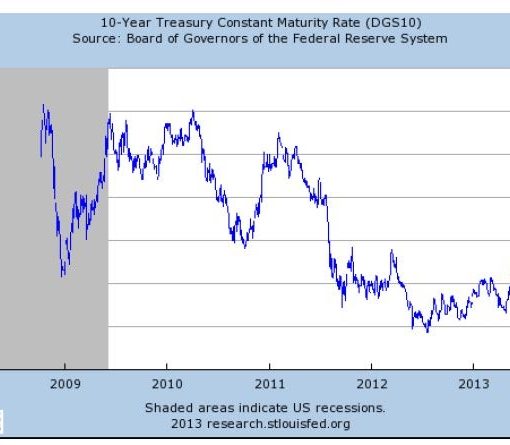 Author: Kris Tuttle
Author: Kris Tuttle
Covestor model: Soundview Technology
Disclosure: Long FB, RHT, AMZN
We were able to take advantage of some of the market volatility in June to initiate new positions and add to others. At the same time we trimmed some that traded up to our intrinsic valuation estimates.
Added to Facebook (FB) – It was a rough debut for Facebook and the negative sentiment dominated the stock trading for some time in the aftermarket. We’re not newcomers to social networking and continue to enjoy owning LinkedIn (LNKD), which has a strong position in the professional segment. But consumers are important too and like it or not, Facebook dominates here and will protect their position. Our long-term intrinsic value estimate is $50-60/share, so when shares dropped under $26, we added to our position.
New Position: Red Hat (RHT) – It’s hard to overstate the importance of open source software to the technology industry and Red Hat continues to be the distant leader in the enterprise market. Our ongoing research always pointed to strong fundamentals, but chances to initiate a position below our intrinsic value have been few. The shares here in the low-50′s are pretty close to our IV of $55, but we have seen that companies in these positions have had a tendency to enhance their prospects and IV, so the only way to be prepared is to have a position. This is one of the names that we’d add to if the global economic weakness inflicts more damage on the markets and enterprise technology stocks.
Reduced Amazon (AMZN) – No change to our fundamental view here, but the shares moved above our IV of $220. There is a chorus of naysayers and short sellers out on Amazon but the stock has simply moved higher on what we see as continued market share gains and improving long-term margins. We had “doubled up” at lower prices and are now at a core position weight, which we will hold as long as the fundamentals remain intact.
Eliminated BMC (BMC) – We initiated BMC as a “special situation” where fundamentals were stable to improving and the shares were well below our IV. The shares also had the benefit of not being seen as a “risk on” play, so they held up much better during the downdrafts than other names in the portfolio. After about six months BMC reached our IV target, and we closed out the position for a gain of 21%, which provided a boost to our performance overall.
We still believe that the software management space is promising – the recent acquisition of Quest Software (QSFT) is a testament to that. In some ways our Red Hat position keeps us positioned there, but we’re also on the lookout for new names. ServiceNow is one, but we need to complete our work on that one.
Market Comment: Two Bodies, One Head
There’s much written about the “risk on / risk off” behavior of the markets and unnatural levels of asset price correlation. It makes some opine about the “end of research” and the “end of stock selection.” We’ll throw in the mess around government finances and call that all one body. But there is a separate world of technology and business innovation which continues to move forward. In other words, important growth trends remain among the themes we follow. We experience this every day and look across our positions with satisfaction and increased long-term confidence as we go about our fundamental work. This is the other body of the market that we see.
Eventually though, two very different bodies need to split off and go in their own direction. In the meantime the process is simple: find the best long-term secular themes and within them the companies with the best positions and business models. Our opportunities come from the one head doing the thinking for the both bodies and pushing valuations down below our IV estimates so we can build positions.
Our reward comes when these trends and companies become too big to ignore and they diverge from the market of universal correlations. Consider how greatly the shares of Apple and Research in Motion have diverged in the last few years. Similarly, compare Samsung and HTC. Markets move together for days, months, even quarters – but not forever.



